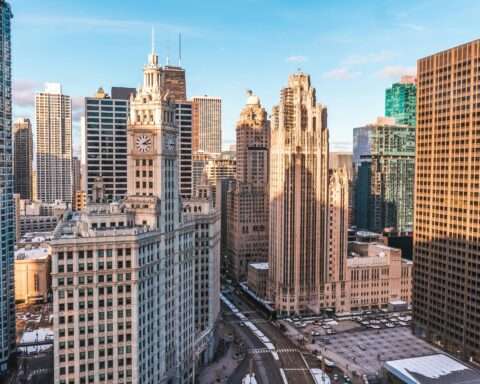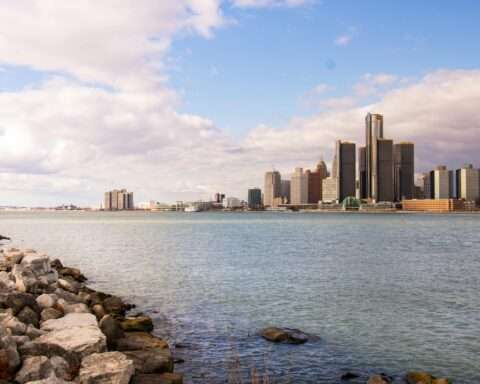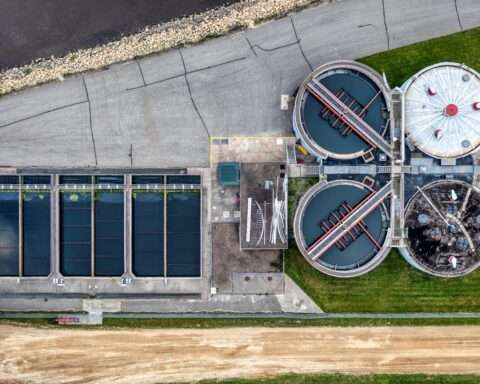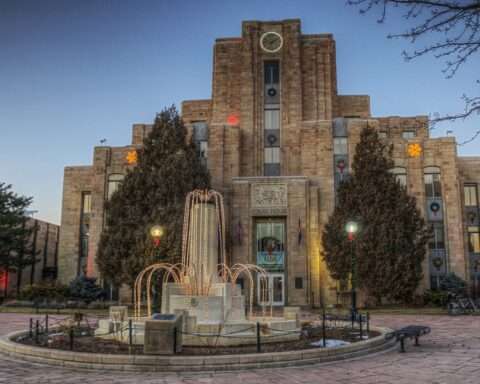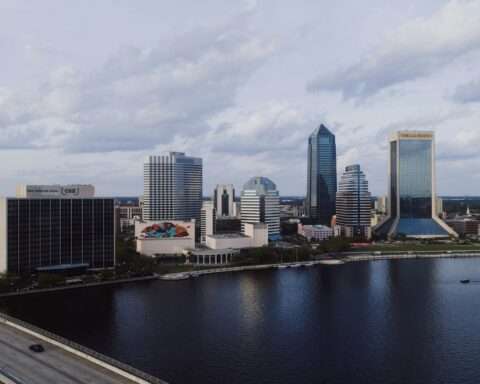The U.S. Department of Energy (DOE) is investing in communities nationwide to design and deploy geothermal heating and cooling systems. DOE announced in April it awarded $13 million to 11 communities to design these geothermal systems. This represents the first in a two-phase initiative to deploy community-scale geothermal systems.
Geothermal heating and cooling systems use the earth’s subsurface to heat and cool buildings through an underground distribution network. This method alleviates reliance on traditional heating and cooling solutions, allowing communities to decarbonize buildings with a low carbon producing option. Clean-energy heating and cooling will also decarbonize the electricity sector without excessively increasing energy demand.
Following the design phase, a subset of projects will be chosen from a second competitive round of awards to build and deploy their systems. The timeline for the second round of awards has yet to be released. Here are some of the notable design projects for geothermal heating and cooling systems:
- The town of Carbondale, Colorado, will design a shared geothermal system to supply heating and cooling to a 16-block area. The project will replace all furnaces and boilers in the district with heat pumps. The heat pumps will use a field composed of dozens of boreholes along a circuit to supply low-grade heat to these buildings. During the design phase, the city will drill one or two test wells to determine subsurface thermal properties under the project site.
- The city of Ann Arbor, Michigan, will design a district geothermal loop for an elementary school, community center, a mental health facility, a public works site and 262 neighborhood homes. The looped system will be paired with efficiency improvements, rooftop solar panels and battery storage to heat and cool the project site.
- The city of Duluth, Minnesota, will design a geothermal district system that uses wastewater heat from the sanitary district to cover 100% of heating loads for a local neighborhood. The system will use heat pumps to disperse and regulate heat.
- The city of Framingham, Massachusetts, has begun its geothermal pilot program, consisting of bore field drilling, pipeline installation and upgrades to homes. The project will build a geothermal heat-pump heating and cooling system that will be integrated with other renewable energy systems in the city.
- The port city of Seward, Alaska, will develop a community-scale heat loop system that would refine the existing CO2 heat-pump system and replace oil boilers. The project will drill several wells along the nearby shoreline and install piping to tap into the geothermal energy. The system will cover the heating demand of four municipal buildings.
- The city of Shawnee, Oklahoma, will design a system combining solar panels and geothermal heat pumps to provide heating and cooling.





